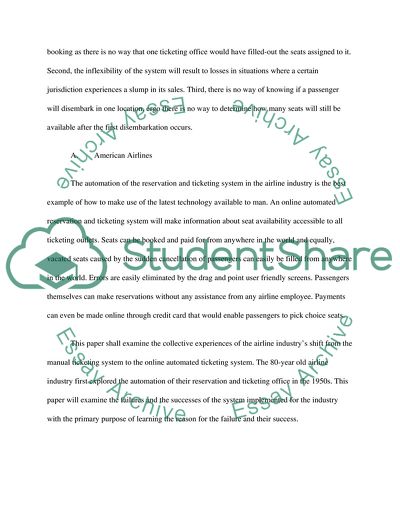Cite this document
(Automation of Airline Reservation System Term Paper, n.d.)
Automation of Airline Reservation System Term Paper. Retrieved from https://studentshare.org/information-technology/1745602-system-in-context-master-degree-information-system
Automation of Airline Reservation System Term Paper. Retrieved from https://studentshare.org/information-technology/1745602-system-in-context-master-degree-information-system
(Automation of Airline Reservation System Term Paper)
Automation of Airline Reservation System Term Paper. https://studentshare.org/information-technology/1745602-system-in-context-master-degree-information-system.
Automation of Airline Reservation System Term Paper. https://studentshare.org/information-technology/1745602-system-in-context-master-degree-information-system.
“Automation of Airline Reservation System Term Paper”, n.d. https://studentshare.org/information-technology/1745602-system-in-context-master-degree-information-system.


